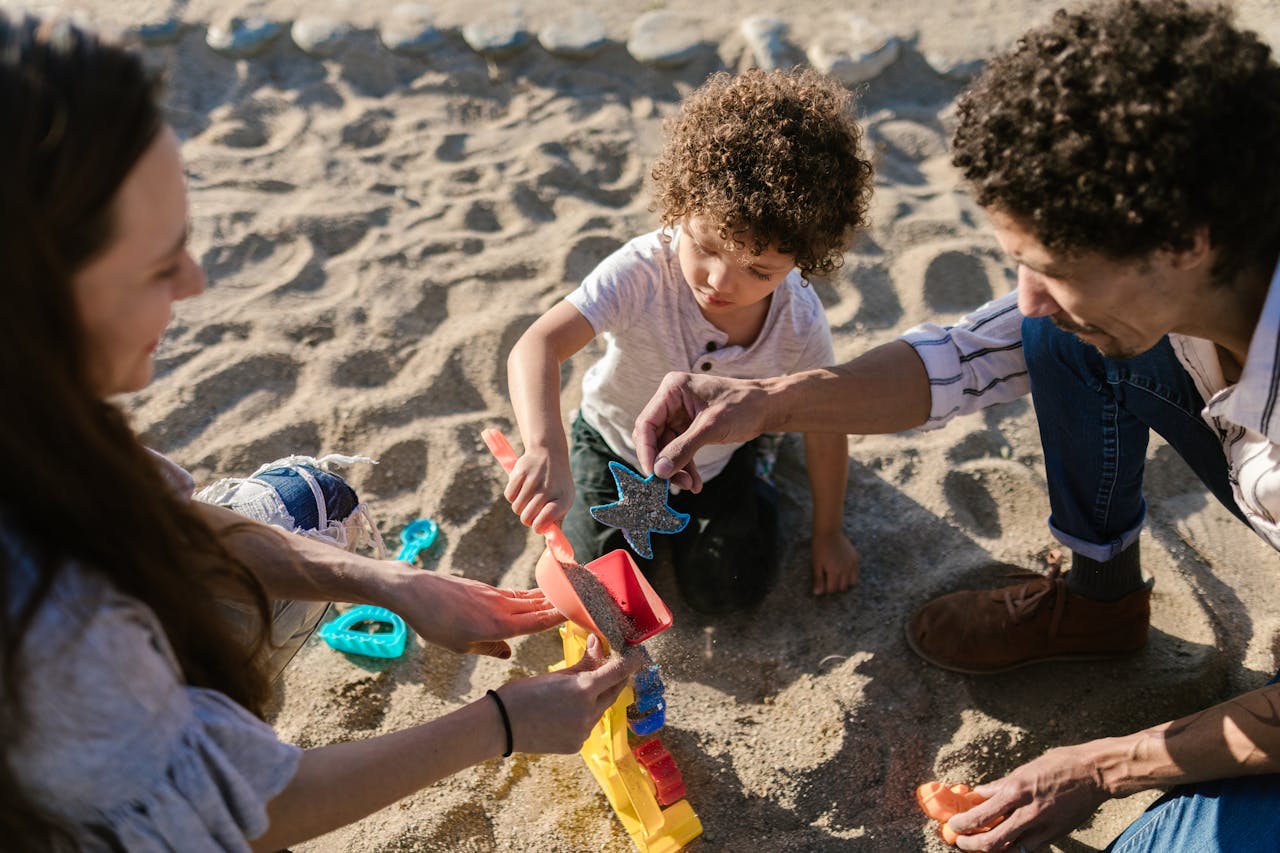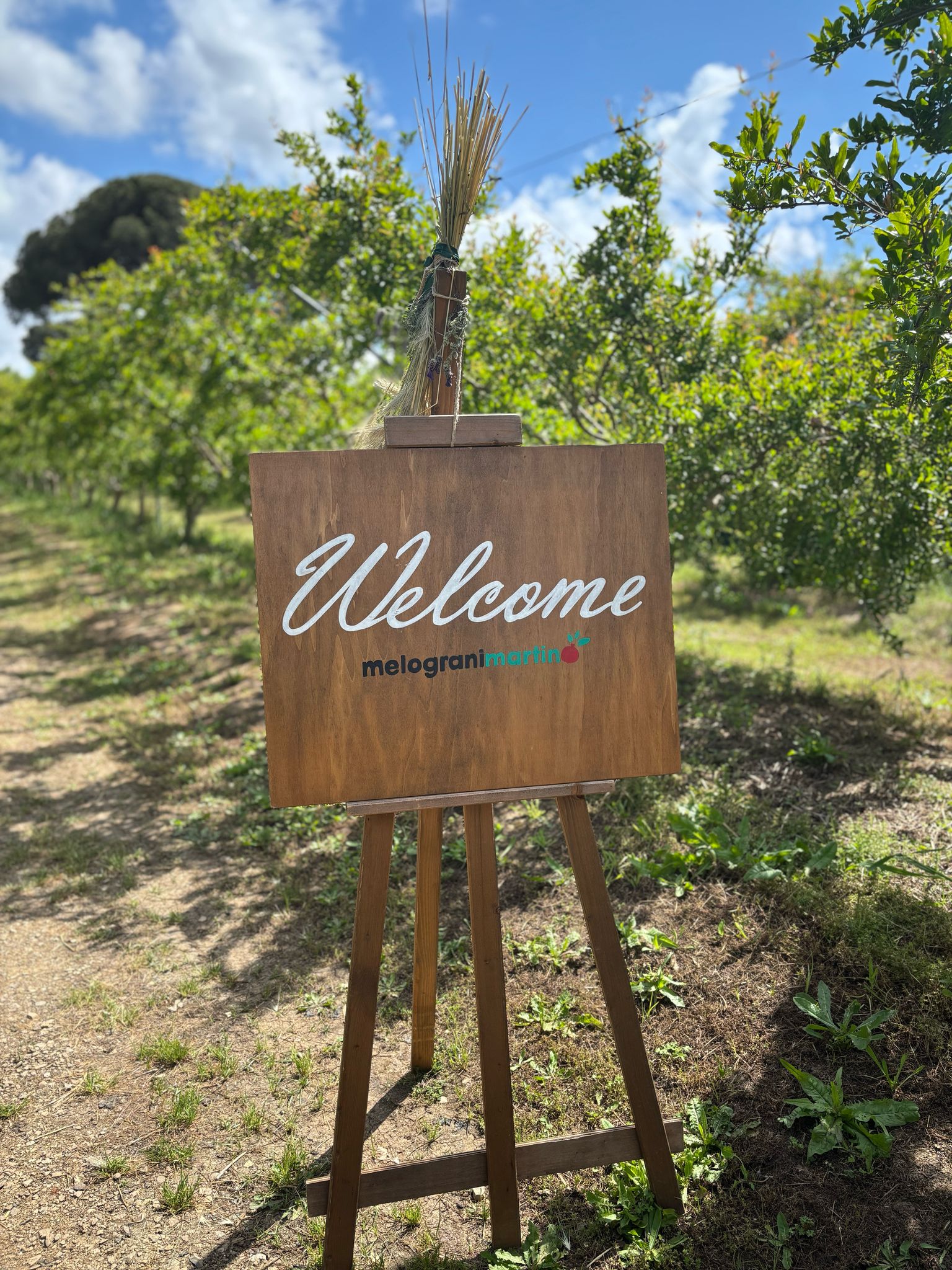“What a child can do in cooperation today, he can do alone tomorrow.” — Lev Vygotsky
When children play side by side, they’re not just sharing space—they’re building knowledge together. According to the theory of social constructivism, learning is fundamentally a social act. Children don’t absorb information passively; they co-construct meaning through dialogue, imitation, negotiation, and shared discovery.
At Museo dei Bambini, many exhibits are intentionally designed to spark these moments of interaction. Children help each other, copy each other, challenge each other. Learning emerges not just from what a child does—but from what happens between children.
What Is Social Constructivism?
Social constructivism, rooted in the work of Russian psychologist Lev Vygotsky, holds that cognitive development is shaped through social interaction. Children internalize new knowledge best when they engage with others—especially peers and more knowledgeable others (like older children or adults).
A central idea is the Zone of Proximal Development (ZPD): the range between what a child can do alone and what they can do with guidance. Peer collaboration is powerful because it allows children to operate just beyond their current abilities—stretching into new skills with support, then mastering them independently.
Unlike approaches that emphasize individual achievement, social constructivism values dialogue, shared problem-solving, and co-authored meaning.
The Research Behind Peer-Based Learning
Research has consistently demonstrated that social learning enhances both cognitive and emotional outcomes. A 2015 meta-analysis published in Educational Psychology Review found that small-group learning significantly improved students’ transfer performance, indicating that collaborative learning leads to higher achievement and deeper understanding compared to solitary learning. ResearchGate+7ERIC+7JSTOR+7
Additionally, a 2007 research survey from the University of Cambridge highlighted that peer interactions in classroom settings positively influence children’s social development, language acquisition, and conflict resolution skills. The study emphasized that collaborative tasks encourage empathy and effective communication among children.
In early childhood settings, cooperative play helps children build the foundations of self-regulation and prosocial behavior—skills that are predictive of long-term success in school and life.
Social Learning in Action at Museo dei Bambini
The museum fosters collaborative learning by creating opportunities for shared challenge, joint decision-making, and peer mentorship. Children don’t just play next to each other—they play with and because of each other.
Wall Run — Synchronized Movement and Shared Strategy
This large kinetic wall invites two or more children to race balls along different tracks by timing and adjusting their releases. Kids instinctively compare results, ask each other questions, and try again—often without adult prompting. It becomes a team sport in physics and engineering.
Colorku — Solving Together
In this colorful, cooperative twist on Sudoku, children work side by side to complete color patterns on a large grid. Some take the lead; others follow along; roles shift organically. Conversations around strategy and rules encourage logical thinking, turn-taking, and respectful disagreement.
Line Logic — Co-Designed Puzzles
In Line Logic, children use strings, pegs, and markers to create paths and puzzles for others to solve. This reciprocal setup invites invention, testing, and revision—plus the joy of surprising or stumping a friend. It’s a quiet masterclass in systems thinking and social reciprocity.
Dinosaur Bones — Team Digging and Discovery
In this tactile dig site, children unearth and reassemble large fossil pieces. Working together, they negotiate where pieces fit, how to share tools, and what kind of creature they’re building. The physical size of the bones encourages cooperation—and often brings together children who’ve just met.
Mega Magnet Tiles — Building Big, Building Together
Oversized translucent tiles invite collaborative construction. Children negotiate structure size, symmetry, and role-sharing (“You do the door—I’ll build the tower”). Projects get more ambitious when multiple children join in, transforming from solo walls into skyscrapers and spaceships.
What Educators Observe
“Collaboration helps children push their thinking further than they could on their own,” says Professor Giulia Mancini, a developmental psychologist at Sapienza University of Rome. “They explain things aloud, ask better questions, and reflect more deeply.”
Museum educators often witness older children naturally guiding younger ones: demonstrating how to build a sturdy ramp, or inviting a toddler into a team dig. These interactions model not only skill-building, but empathy, patience, and leadership.
“Sometimes kids will start solving something alone and then pause—waiting for another child to join,” said one facilitator. “It’s like they want a co-pilot for the discovery.”
What the Research Tells Us
A 2021 study published in Frontiers in Psychology found that structured, play-based social interaction significantly improves executive functioning in preschoolers, particularly working memory and cognitive flexibility. These benefits were strongest in environments where children could initiate collaboration freely.
🔗 Promoting Executive Function Skills in Preschoolers Using a Play-Based Program – Frontiers in Psychology
Language Development Through Social Interaction
Social interaction also plays a key role in language development. A 2019 study published in Child Development found that frequent back-and-forth conversations with adults significantly predicted vocabulary growth and more advanced sentence use in young children.
🔗 The Longitudinal Relationship Between Conversational Turn-Taking and Vocabulary Growth – Child Development
What Families Experience
Parents often express surprise at how easily their children connect with others in the museum. “My daughter’s usually shy,” one parent said. “But she started helping another kid with the magnet tiles—and then they were building a castle together.”
Others describe spontaneous moments of generosity: one child handing a ball to another at the Wall Run or stepping aside to “let someone else try.” These are not just social niceties—they are cognitive and emotional skills in action.
Why Social Constructivism Matters
We often think of learning as an individual pursuit, but in reality, most deep understanding is built in relationship. Whether it’s a toddler echoing a peer’s action or a group of children negotiating tower design, these social moments build not only knowledge—but the capacity to think together, solve problems, and respect multiple perspectives.
Vygotsky taught us that children grow through interaction—not just with adults, but with each other. And in a world that increasingly values collaboration, communication, and emotional intelligence, giving children space to learn together may be one of the most important gifts we can offer.
Want to Learn More?
🔗 Vygotsky and the Zone of Proximal Development – Simply Psychology
🔗 Collaborative Learning Research – Springer
🔗 Peer Interaction and Language – Wiley
🔗 Dialogic Teaching Resources – Cambridge



